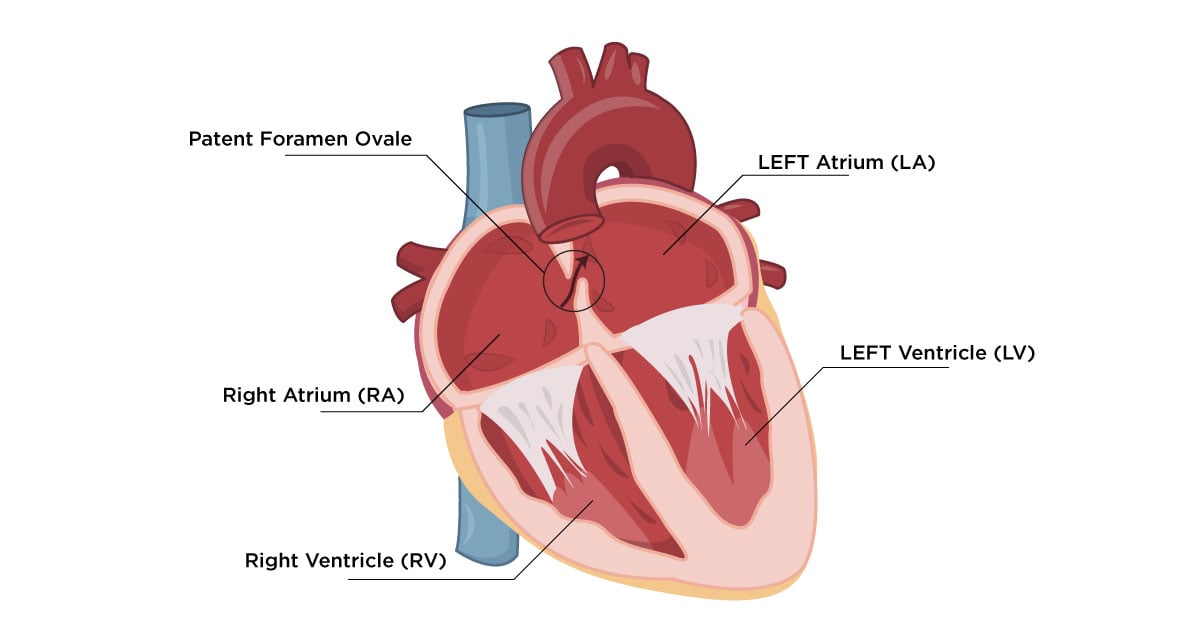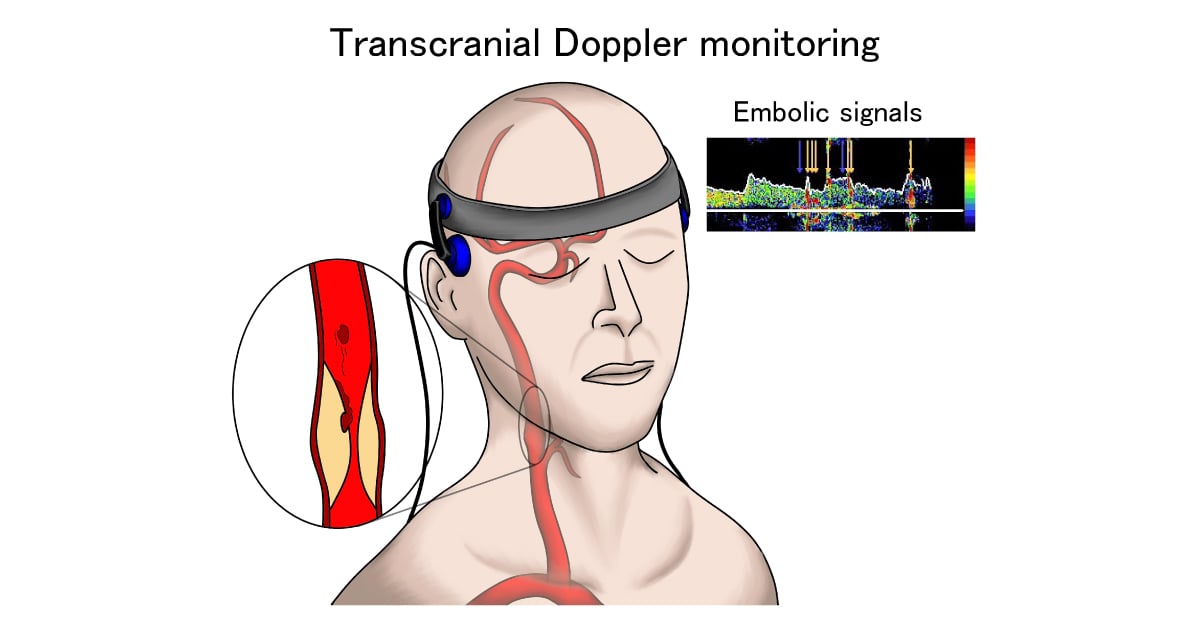Frequent migraine headaches may indicate a heart wall defect.


Translated by AI
Migraine headaches, or simply migraines, are one of the common diseases in working-age people. Did you know that if you have a migraine with an aura, such as seeing flashes of light or having blurred vision, in some cases, where a part of the brain lacks blood supply, resulting in slurred speech or numb arms and legs, it might not just be a migraine? Some people could have this condition along with a Patent Foramen Ovale (PFO), a type of heart defect. Immediate treatment is necessary to prevent severe consequences, such as paralysis.
What is a Migraine Headache?
Migraine headaches are caused by abnormalities in the brain’s electrical system. This makes the brain easily excitable and more sensitive than normal people. Once the brain is stimulated, electrical currents slowly travel along the surface of the brain, causing warning signals. These electrical currents alter the blood flow in the brain, triggering the release of certain neurotransmitters that expand the brain’s blood vessels, leading to migraine headaches.
What are the Symptoms of a Migraine Headache?
Migraine headaches are characterized by rhythmic throbbing pain, usually occurring on one side of the head. However, it can also affect both sides. Initially, the pain may be mild but progressively worsens. There are several types of migraine headaches:
- Migraine without Aura (Common Migraine) — Headaches accompanied by other symptoms such as nausea, vomiting, sensitivity to light, sound, or smells, etc.
- Migraine with Aura (Classic Migraine) — In addition to headaches, there may be visual disturbances like seeing flashing lights, distorted images, or blurred vision, weakness, or numbness in the hands, arms, around the mouth, etc.
- Chronic Migraine (Chronic Migraine) — This type of migraine persists for at least 3 months, occurring at least 15 days per month. Patients with migraines should see a doctor for proper examination and treatment.

How is a Migraine Related to a PFO?
Every fetus has an opening in the heart’s wall between the upper chambers, known as the Foramen Ovale, which allows blood and oxygen to flow from the right atrium to the left atrium without passing through the lungs. This opening typically closes around 3 months after birth. If it remains open, it can lead to several complications, including Patent Foramen Ovale (PFO), a congenital defect where the wall between the left and right atriums remains slightly open. Often, there are no symptoms until a clot flows back from the right atrium to enter the left atrium and the brain’s vessels, causing migraines with aura due to the expansion of blood vessels triggered by clot blockages.
Individuals with migraines that have auras are more likely to have a PFO, and those with PFOs tend to experience migraines with auras more frequently. Data indicates a significant association between PFOs and various migraine types such as Migraine with Aura, Migraine Aura without Headache, and Chronic Migraine. PFOs are found in 46.3% – 88% of patients with migraines with aura and 16.2% – 34.9% in patients with migraines without aura.
What Migraine Symptoms are Associated with a PFO?
• Frequent migraine headaches
• Ineffective medication
• Co-occurring neurological symptoms, such as unilateral limb weakness, slurred speech, drooping mouth corners, etc.
How is a PFO Diagnosed?
Diagnosing a PFO is particularly important for young patients with migraines. Diagnostic methods include:
- Medical history, particularly details about migraine headaches
- Physical examinations and listening to heart sounds
- Echocardiogram with a saline bubble test (Transthoracic or Transesophageal Echocardiogram with Saline Bubble Test)
- Transcranial Doppler Ultrasound with Saline Bubble Test (TCD)
 Treating PFO to Alleviate Migraine Headaches
Treating PFO to Alleviate Migraine Headaches
Treating a PFO through catheter-based closure of the atrial septal defect can reduce the severity and frequency of migraines, especially migraines with aura. This non-surgical technique, known as Transcatheter PFO Closure, involves using a catheter to place a device that closes the defect via the groin’s blood vessels. This method results in a smaller wound, reduced pain, and lower risk of complications. Post-procedure care should strictly follow the doctor’s instructions and include regular check-ups.
Hospitals Specialized in PFO Treatment
Bangkok Heart Hospital offers specialized treatment for PFO using advanced non-surgical catheter techniques and the expertise of experienced cardiologists and multidisciplinary teams trained to help patients return to a happy and healthy life.
Doctors Specialized in PFO Treatment
Dr. Kriengkrai Hengrussamee, Cardiologist and Director of Bangkok Heart Hospital
You can click here to make an appointment yourself.
PFO Treatment Package
The PFO treatment package using catheter techniques costs 440,000 – 462,000 THB
Reference
- Mojadidi MK, Kumar P, Mahmoud AN, et al. Pooled Analysis of PFO Occluder Device Trials in Patients with PFO and Migraine. J Am Coll Cardiol 2021; 77:667-76.
- Serrano D, Lipton RB, Scher AI, et al. Fluctuations in episodic and chronic migraine status over the course of 1 year: implications for diagnosis, treatment, and clinical trial design. J Headache Pain 2017; 18:101.
- Tobis JM, Charles A, Silberstein SD, et al. Percutaneous Closure of Patent Foramen Ovale in Patients with Migraine: The PREMIUM Trial. J Am Coll Cardiol 2017; 70:2766-74.
- Mattle HP, Evers S, Hildick-Smith D, et al. Percutaneous closure of patent foramen ovale in migraine with aura, a randomized controlled trial. Eur Heart J 2016; 37:2029-36.

